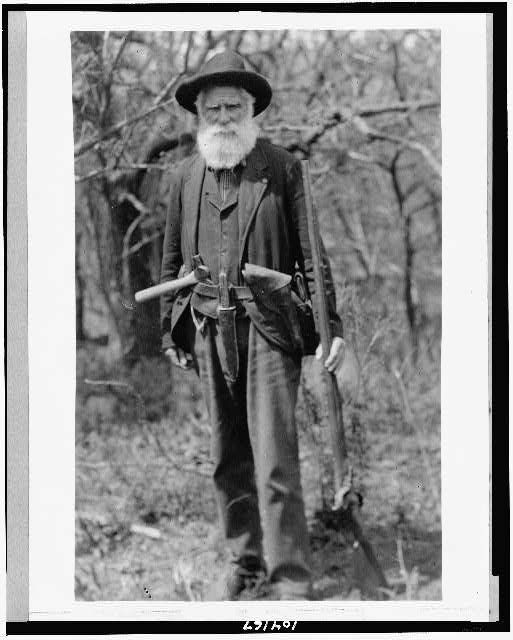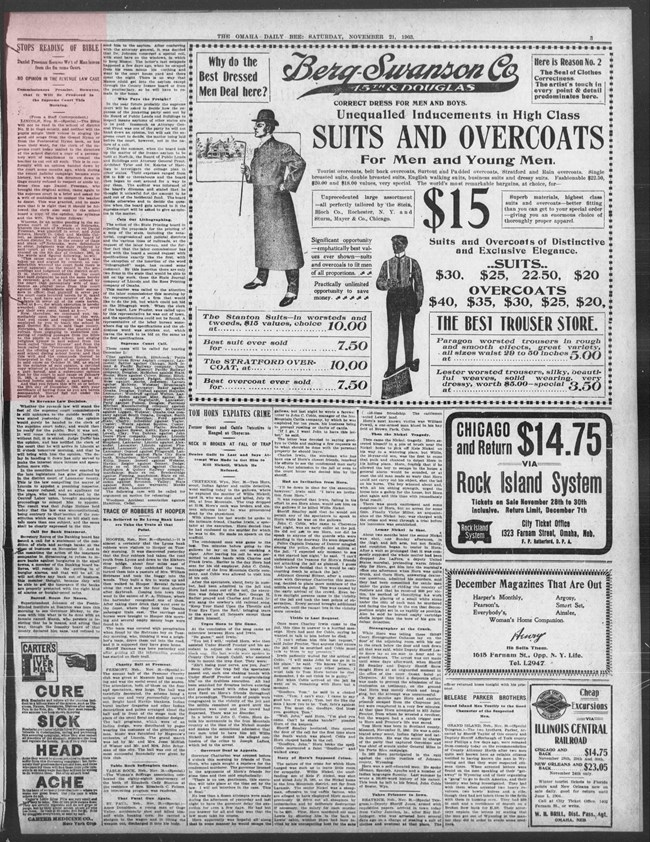Last updated: September 25, 2023
Article
Freeman School Landscape

NPS
Freeman School also demonstrates historical significance for the precedent it set in the court case Daniel Freeman v. John Scheve. In 1902, the Nebraska Supreme Court ruled religious instruction during school hours violated the concept of the separation of church and state delineated in the state constitution.
Landscape Description
Located approximately a quarter of a mile from the rest of the Homestead National Historical Park site, the Freeman schoolhouse site occupies a one acre rectangular site to the north of Nebraska State Highway 4. The schoolhouse itself measures 20 by 26 feet and approximately 12 feet in height. An area behind the schoolhouse, historically tall-grass prairie, was mowed or hayed to serve as a playground, distinguishing it from the restored tall-grass prairie elsewhere at the monument. In addition to the school, the site contains other structures, including a storage shed and two privies. Small scale features include a water pump and a metal pole. The historic function of the pole is unknown, although it is assumed to have been a piece of playground equipment. The structures and small scale features contribute to the historic landscape character.
Historic Use

Library of Congress
The school opened in 1872 and the two terms offered to students were organized around the region’s crop cycles. Instructors, usually young women, taught reading, writing, arithmetic, geography, and physiology.

Image provided by University of Nebraska-Lincoln Libraries, Lincoln, NE
Besides its primary use in education, the Freeman Schoolhouse also provided the Gage County community with a versatile social space. Over the years, elections, dances, box socials, club meetings, and church services were held at the schoolhouse. At least one wedding took place there. By the time the schoolhouse closed in 1967 due to the consolidation of the school district, it had served the community for nearly a century. At the time of its closing it was the oldest operating single-room school in the state.
Quick Facts
-
Cultural Landscape Type: Historic Site
-
National Register Significance Level: National
-
National Register Significance Criteria: A, C
-
Period of Significance: 1871-1967


